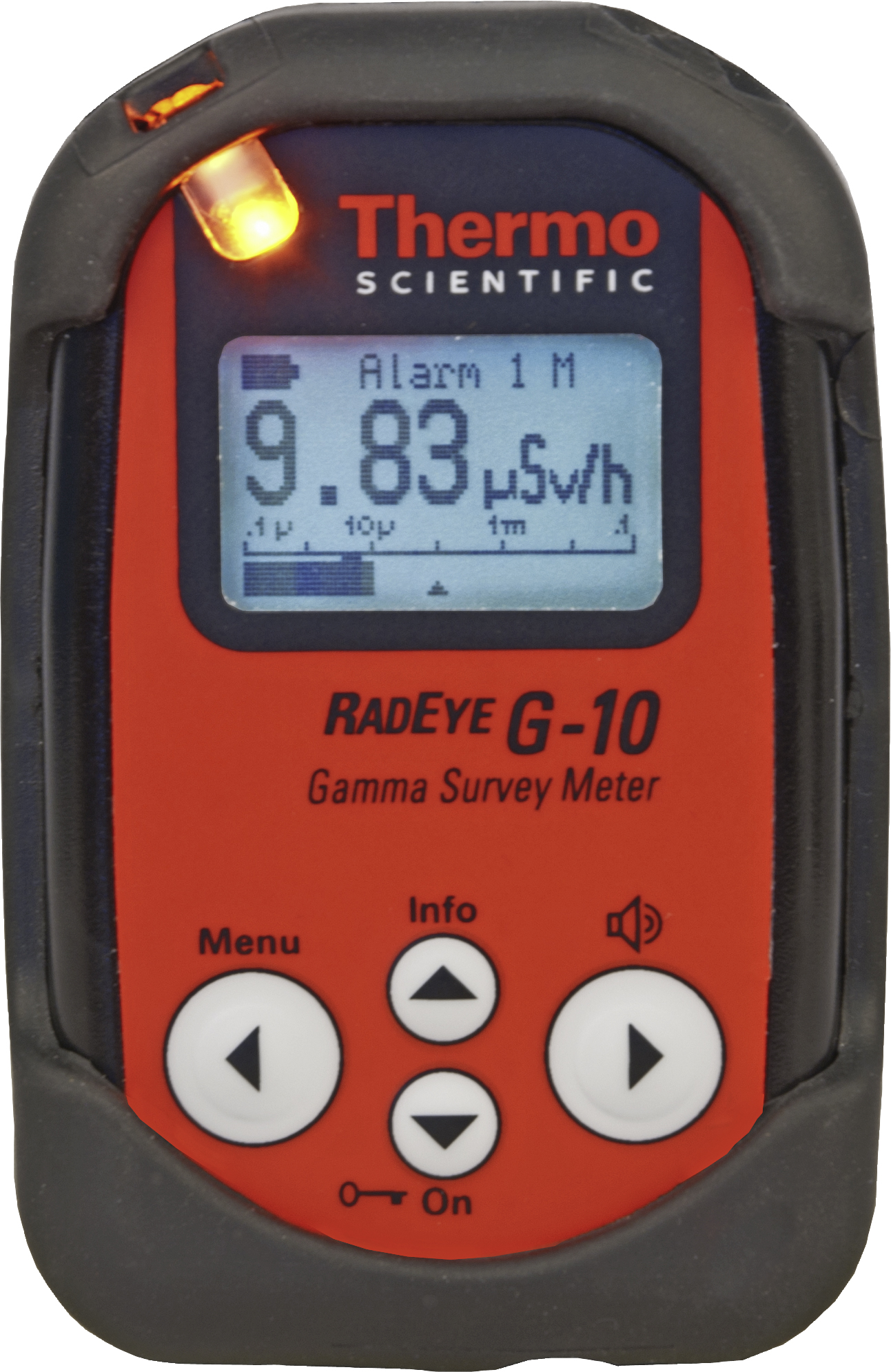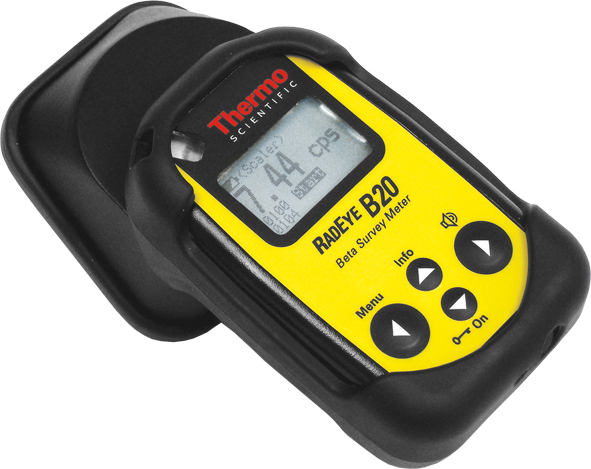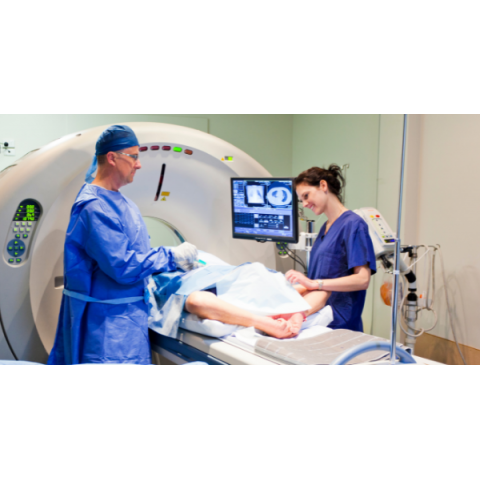What is H*(10) and H'07 dose?
These are radiation measurements that give an indication of the biological effects of radiation on the human body.
Standard depths have been defined, with H*(10) and H'07 being the most commonly used. H*(10) represents a deep radiation dose at a depth of 10mm below the skin. H'07 represents a shallow dose, at a depth of 7mm below the skin.
These types of radiation dose measurements are used for routine radiation protection monitoring and represent the single dose equivalent quantity at the defined standard depth.
H*(10) deep monitoring is particularly used to measure strongly penetrating gamma rays (above 12keV) and neutrons. The International Commission on Radiological Protection (ICRP) believes that the maximum dose equivalent occurs in this depth of tissue .
H'07 is typically used for weaker penetrating radiation such as alpha and beta radiation. H'07 is also used as a good measure for extremity dose for all radiation.
The measurements at 10 and 7 mm are actually based on measuring a radiation dose in a phantom body that simulates the human body. This phantom selected is the so-called ICRU sphere, made of 30cm diameter tissue-equivalent plastics, with a density of 1 g/cm3 and a mass composition of 76.2 % oxygen, 11.1 % carbon, 10.1 % hydrogen and 2.6 % nitrogen.
Understanding what dose measurement is performed by your radiation dose meter is important. Typically H*(10) is the most commonly used, for instance the Thermo Scientific RadEye G-10 and RadEye G-20 both measure H*(10) dose.

The RadEye B-20 Contamination Meter has the option of being fitted with automatic dose rate filters that can be either H*(10) or H'07 depending on the filter used. The Trudose EPD Electronic Personal Dosimeter actually calculate both H*(10) and H'07 dose.

Contact ADM Nuclear Technologies to talk to one of our expert team today. We will gladly discuss which type of radiation detector is best suited to your application.
IS THIS INFORMATION USEFUL?
If so, why not share it with your peers and colleagues. Simply click on the blue LinkedIn share icon below.

